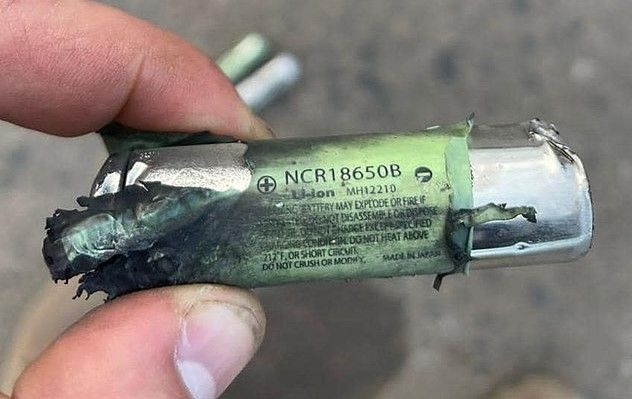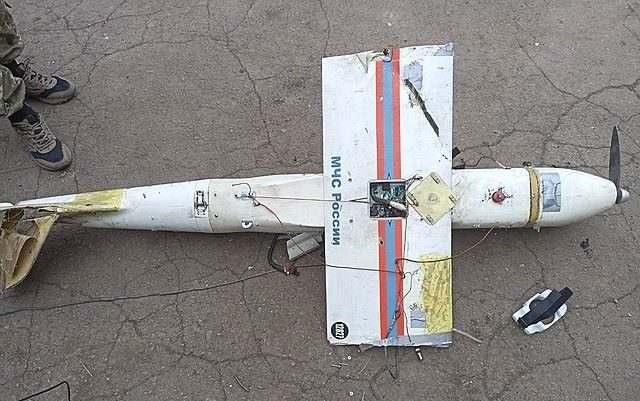How Russian Drone Producers are Dodging Sanctions
Despite sanctions, the raw materials and components needed to manufacture military drones are still getting through to Moscow.

When the Russia-Ukraine war began, the west’s first response was to lay down heavy sanctions on Moscow. At the time, politicians and economists envisaged that without imports of luxury and basic manufactured goods the Russian economy would collapse within months. At worst, the lack of technical components, advanced electronics, and high-grade metals would mean that the Russian army would be unable to replace lost tanks, artillery pieces, and drones.
Now, almost three years later, it is clear that the sanctions have been a lot less effective than planned, with compelling evidence that they are so easy to circumvent that even defence procurement is not restricted.

Documents seen by journalists from the industry journal Defense News show that drone manufacturers are still able to acquire the parts that they need through clandestine backchannels. As the report states, “Integrated Robotics Technologies, located in southeastern Russia’s Bashkortostan Republic, is an example of how Russian companies have switched to a wartime economy orchestrated by Moscow to prosecute the invasion of Ukraine.”
The company itself is not named on any sanctions’ list, but its advertising material promotes the sale of surveillance and military drones, with further documentation showing that it produced more than 1,000 uncrewed aircraft in 2023 alone.
Also on this topic: The Ukrainian Start-Ups Building Mine Clearing Drones and How Ukraine is Gaining the Advantage in the Drone War
The company's portfolio even lists items that have become common on the battlefields of Ukraine, such as the low-cost aircraft with explosive warheads, known as ‘kamikaze’ drones. These disposable flying bombs can be deadly accurate whether attacking individual soldiers in trenches, military hardware, such as armoured vehicles and artillery, or even civilian infrastructure, power plants, and communication towers. The firm also sells a series of more sophisticated reconnaissance drones which it says can fly for more than 20 hours and cover a distance of up to 1,600 kilometres while generating high-quality aerial imagery.

Despite scrutiny from western authorities, Russian businesses have developed ever more complex supply chains to navigate a way around the trade barriers. These often involve traders and front companies based in third countries, such as the UAE and Türkiye.
As Robert Shaw, the program director at a California-based think tank that studies arms control and sanctions, notes, “Russian defense-related procurement efforts are using a wide range of third countries to circumvent sanctions.”
Other sectors of the Russian economy are also breaching sanctions with ease. The luxury car market, for instance, still receives a steady flow of Mercedes, BMWs, and Range Rovers via suppliers based in countries on Russia’s borders, such as Azerbaijan and Georgia.
In the case of Integrated Robotics Technologies, the business avoids directly billing its sales as military hardware by describing the drones it sells in terms of their potential civilian use, such as pipeline inspection drones.
“[Integrated Robotics Technologies] UAVs seem to fit this definition very well,” explained Shaw in an interview with Defense News, “and especially kamikaze drones very clearly have military applications.”
One example of this was found in a press release issued by a regional trade show which joked that the company’s products are, “as they like to say now, dual-purpose.” A term common for any component or finished product which has both a military and a civilian application.
Further research notes that Integrated Robotics Technologies employs about twenty staff and in 2023 built 1,049 drones of six different varieties. 332 of these were the Scout or Dark Wing models, which the company's product catalogue marketed as suicide drones. The company also produced hundreds of quad- and hexacopters and fourteen long-range IRT-5 surveillance drones.

Putin’s invasion of Ukraine has impacted many parts of the global economy, not least in forcing Russian businesses to get increasingly creative in circumventing sanctions. The complex webs of shell companies, offshore accounts, and intricate supply chain manoeuvres, allow many Russian firms to find ways to continue importing the components and materials they need - including those essential for the production of military hardware like drones.
While these tactics may allow Russia to maintain some manufacturing capabilities in the short term, the longer sustainability of this underground economy remains highly uncertain due to the added costs incurred.
Nonetheless, Russia's resourceful business leaders have proven adept at exploiting loopholes and legal grey areas to keep their operations afloat, demonstrating the regime's determination to sustain its military-industrial complex in the face of international pressure.
Photo credit: Wikimedia, PublicDomainVectors, Peter PZs on Flickr, & Wikimedia

